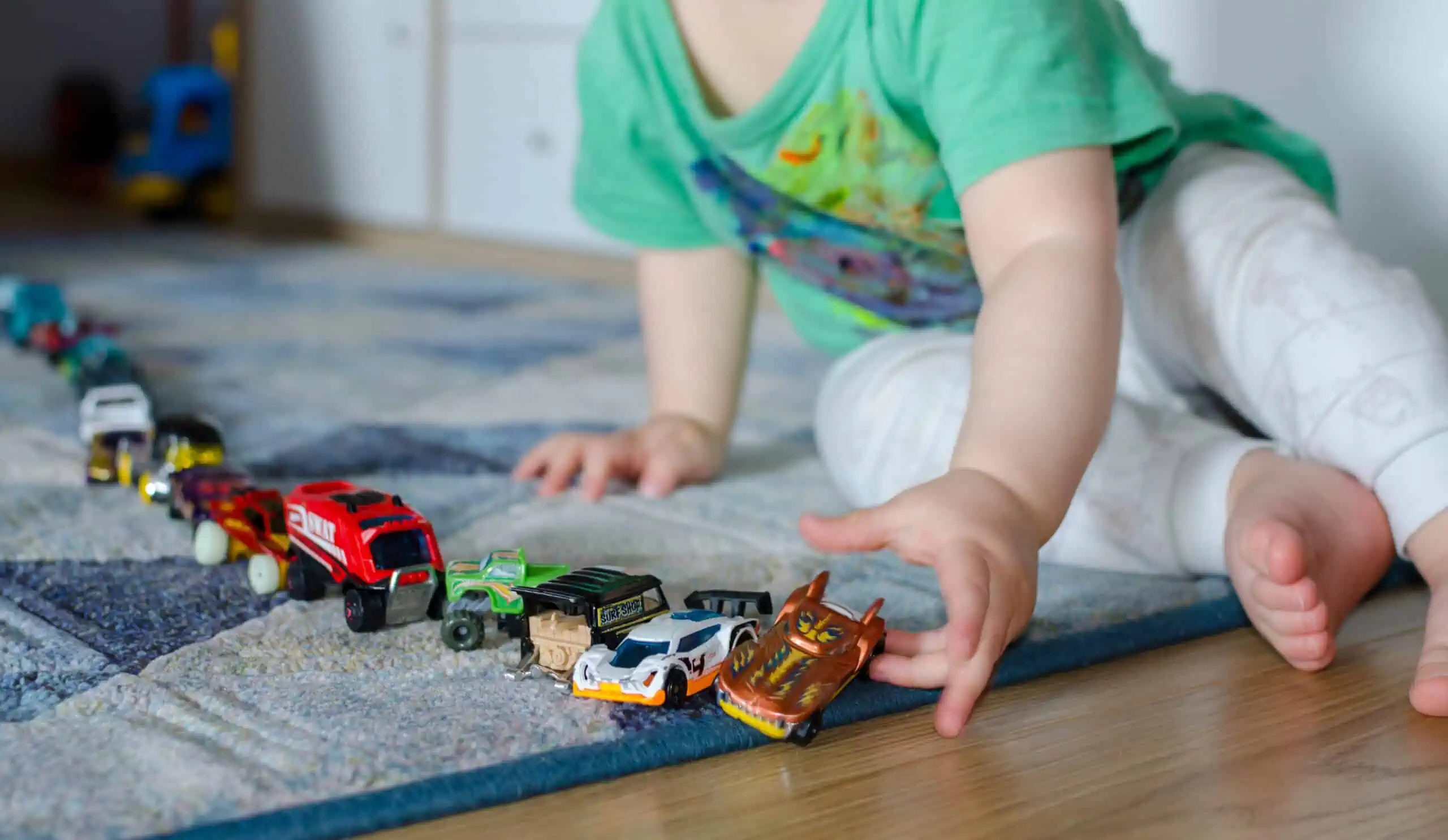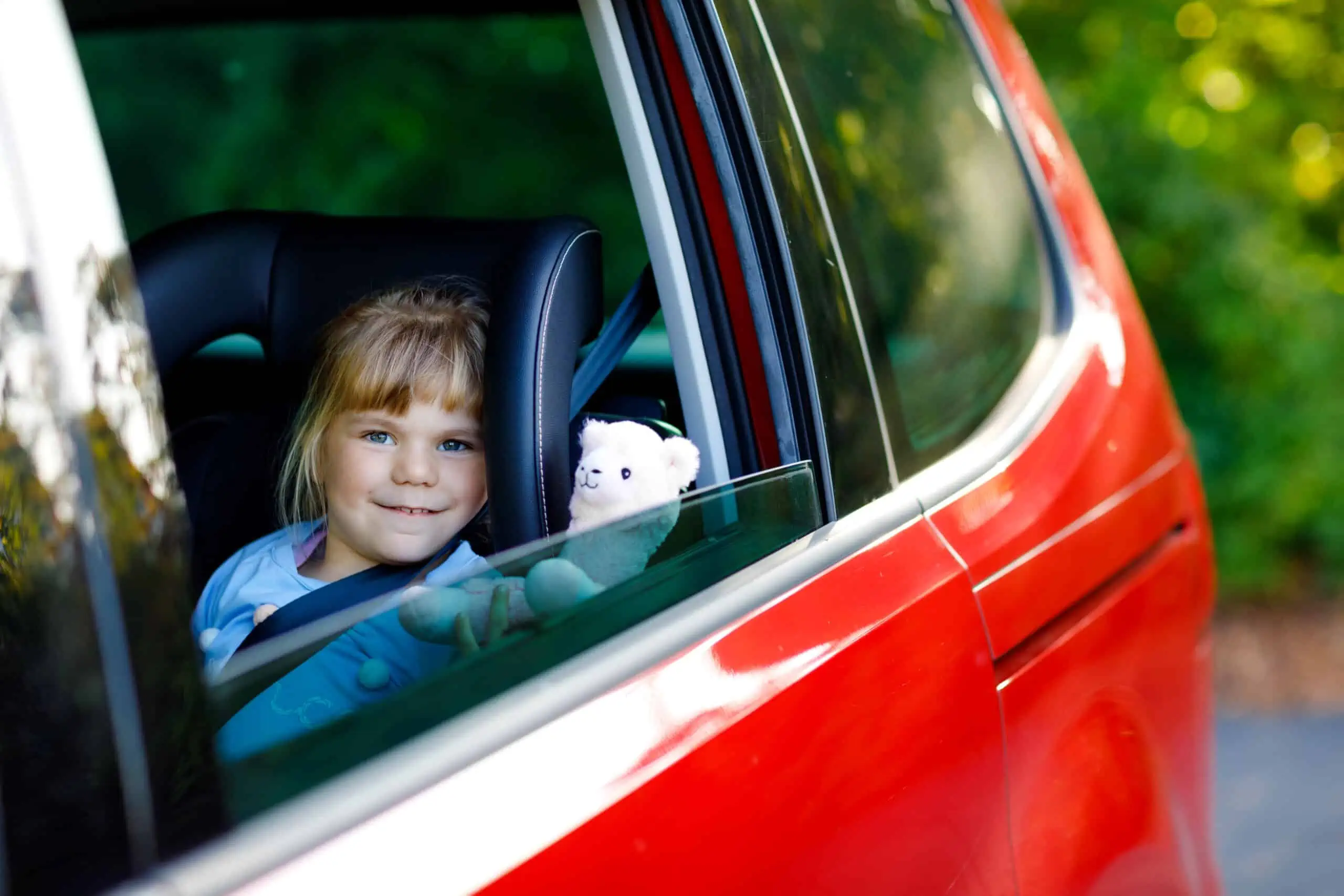Moving is a big change for anyone. But if you have children, the process of moving can be more complex. Kids react differently to the process, and oftentimes they struggle with their feelings about it. At least at first.
So if you’re planning to move and have a kid who’s coming along, learn how to help them with the transition no matter their age.
Why Is Moving So Hard on Kids?
As an adult, moving is stressful. You have to deal with packing, hiring movers, relocating to a new area, and maybe changing jobs. But children have to deal with the disruption on top of not having a choice in the move happening at all. They’re at the whims of the adult reasons for moving, like new employment, divorce, or cost of living.
It’s important to keep in mind that a lot of distress can come from that feeling of helplessness. As a grown-up, you might understand why a move is necessary even if it’s unpleasant, but all children know is that they’re leaving behind a home and community that they have grown attached to, which can be confusing and anxiety-inducing.
“Bringing up the topic over the dinner table will cause far less stress than giving them the news when you’re driving to school. Wait until the whole family is gathered, and there’s not much else going on”
Moving also often requires a child to change schools. That means having to get to know new teachers and peers, and find a way to join new social groups. And if a move is due to divorce, there is an added layer of trauma that can compound the stress involved. That can add up to a lot of sudden life changes happening at once, and it’s easy for kids to get overwhelmed.
How To Talk To Your Kids About Moving
If you are planning to move, it’s important to talk to your kids beforehand and help them mentally prepare for the transition. Here are a few tips and suggestions to keep in mind:
- Be upfront about the move: The more time you can give your child to adjust to the idea of moving, the better
- Children may have different reactions: Some may be excited, others may be sad, and some might be frustrated. Try to be understanding and patient, and adjust your approach to how your child might be feeling.
- Choose a time and place to have the conversation that feels relaxed: Bringing up the topic over the dinner table will cause far less stress than giving them the news when you’re driving to school. Wait until the whole family is gathered, and there’s not much else going on
- Focus on the positive aspects of your move: Maybe there’s a cool new park across the street, a popular zoo in town, or the home is within walking distance of fun shops and restaurants. Your child getting the opportunity to decorate their own room is also something they could look forward to
- Reassure your child: Let them know that they can come to you with any questions or concerns they may have, and listen to their feelings of sadness, loss, and anxiety
See prices for local moving labor. Read real customer reviews. Easily book your help online.
Before and After a Move: How To Make Each Step Easier on Your Child
There’s a lot going on during a move, and not only can a child’s feelings differ depending on whether they’re packing or realizing how unfamiliar their new home is, but how old they are can affect how they react to each change.
These general guidelines are a good place to start if you’re looking for a little insight as to what could come in the future from your child, or what might be behind some of their behavior.
Toddlers
Moving can be especially challenging for toddlers, as they are still developing their sense of self and are beginning to form attachments to people and places. Toddlers thrive on routine and predictability, so a move can be a distressing disruption. They may also experience separation anxiety when moving away from familiar people, such as caregivers and family members. That’s why it’s important to approach the situation with your toddler the right way, both before and after moving day.
Before moving day
- Take your child to your new community ahead of the actual day of the move so they can see what it’s like
- Maintain your toddler’s regular routine as much as possible
- Pack their belongings last and unpack them first to minimize disruption
- On moving day, be sure to bring along some familiar items, such as a favorite blanket or toy, to help your child feel more secure
After moving day
- Stick to your former routine as much as possible in your new place
- Keep connections with familiar people, such as friends and caregivers, through phone calls, video chats, or social media.
- Go on short visits to common spaces that are free to access like parks, libraries, and community centers to help your toddler get used to your new town and make positive, fun associations with it
- Try signing up for local playdates and parenting groups on social media, such as Facebook, Nextdoor, and community bulletin boards
School Aged Kids
Just because a child is older doesn’t mean moving is any easier on them. School-aged kids can better understand the moving process and what it means, but they also understand what they’re leaving behind more fully, and might struggle to adjust to a new school and area. Plus, moving can disrupt their education in general, as they may have to transfer and catch up on any missed material, which only adds to the general stress of moving.
Before Moving Day
- Get them involved in the planning and decision-making process of the move, such as giving them a box to pack their special belongings. This gives them a better sense of confidence and control over the situation.
- Discuss what your child can expect from the move early and often. That includes what their new school will be like
- If your child is feeling hesitant about starting a new school, you can research it together and look up campus maps or Google Street Views so they feel more prepared.
- To ease the feelings of loss if your child is forced to move far away from schoolmates, extended family, or friends, try throwing a pre-move get-together/going-away party at their favorite restaurant, play area, or park
After Moving Day
- Letting your child pick out what color you’ll paint their room or how they want the furniture arranged can help get them excited about the new space
- Starting in the middle of a school year, getting used to a new area, or homesickness for the old place may mean your child acts different than normal, or acts out completely. Give them space to feel these big feelings, but help them channel them into a productive activity, hobby, or sport
- Plan something extra special for after their first day of school. They might not be comfortable or having fun right away, but you can ensure they have something to look forward to
- Check-in on how they’re doing during the first few weeks. Games like High Low Buffalo can help make conversation easier without feeling like their parents are giving them the third degree
Teens
Moving can be particularly hard on a teenager. They often have strong social connections with their peers, so moving away can make them feel like they are losing their sense of identity and community.
“As a grown-up, you might understand why a move is necessary even if it’s unpleasant, but all children know is that they’re leaving behind a home and community that they have grown attached to, which can be confusing and anxiety-inducing.”
Teenagers are in the process of developing their sense of self, which moving can disrupt — they may feel like they have to start over and redefine themselves in their new surroundings. Teens can also have a hard time leaving behind support systems like friends, teachers, mentors, and other adults who have been important in their lives.
Before Moving Day
- Break the news gently — but soon. Discussing the move early will give you plenty of time to help your teen feel comfortable and prepared
- Keep their social connections intact by supporting old friendships after the move. Try helping your teen organize a going-away party, a housewarming get-together at the new place, or game/movie nights online
- Teens value independence, so allow them to make their own decisions as much as possible. They can pack their own belongings, set up their new room, and choose which electives or advanced courses they’ll take at their new school
After Moving Day
- Give your teen time to decompress. Allowing some leeway on less-important chores or other tasks will help them adjust much faster
- There might be an activity, job opportunity, or extracurricular in the area of your new place that wasn’t at your old one. Even if there isn’t, help your teen rebuild their social network by asking what they’d like to participate in and assist them with the process
- At a time they could use them the most, much of a teen’s support system made up of teachers, mentors, and other adults who have been important in their lives might still be near their old place. As with friends, keeping in touch with these people is important to help your teen transition to their new home.
Remember, you know your child best! Adjusting any of this advice to something that works for you and your family is the right course of action. And if you notice your child struggling to cope with the move, don’t be afraid to enlist the help of a professional. A counselor or therapist can help your child work through their feelings and adjust to the changes.
There might be some rough patches, but with a little help, your child can settle in and thrive whenever your upcoming move takes them.













